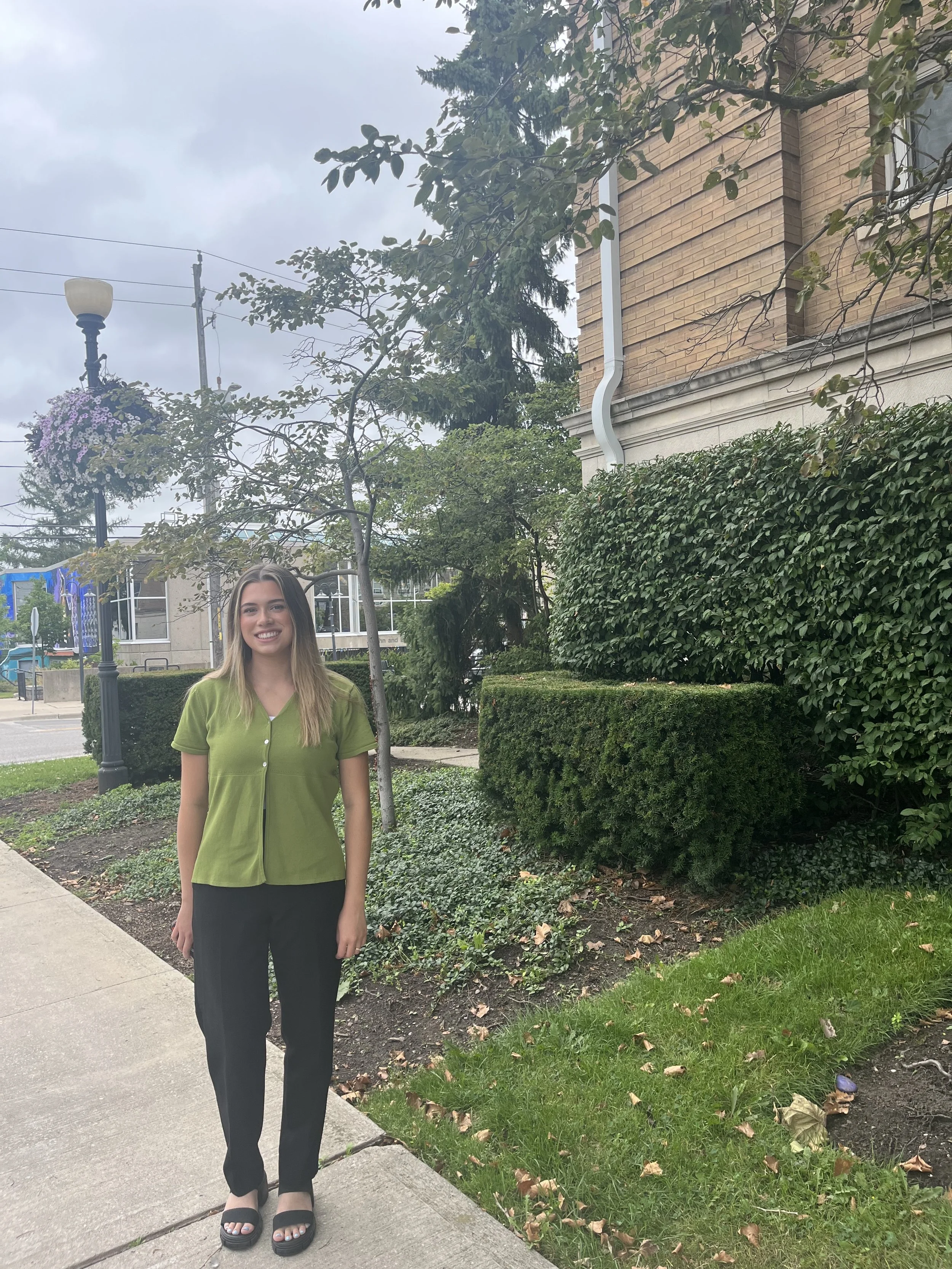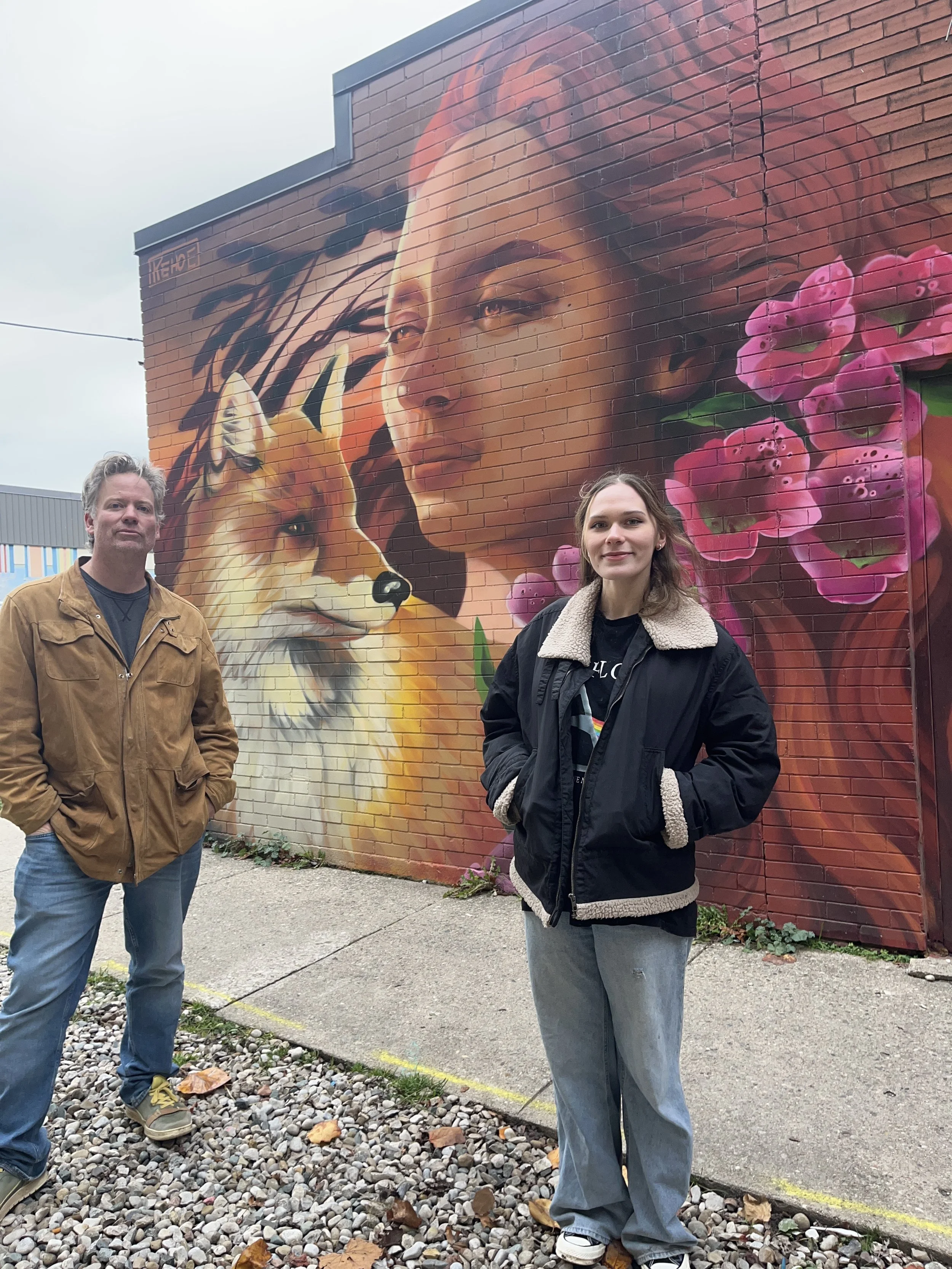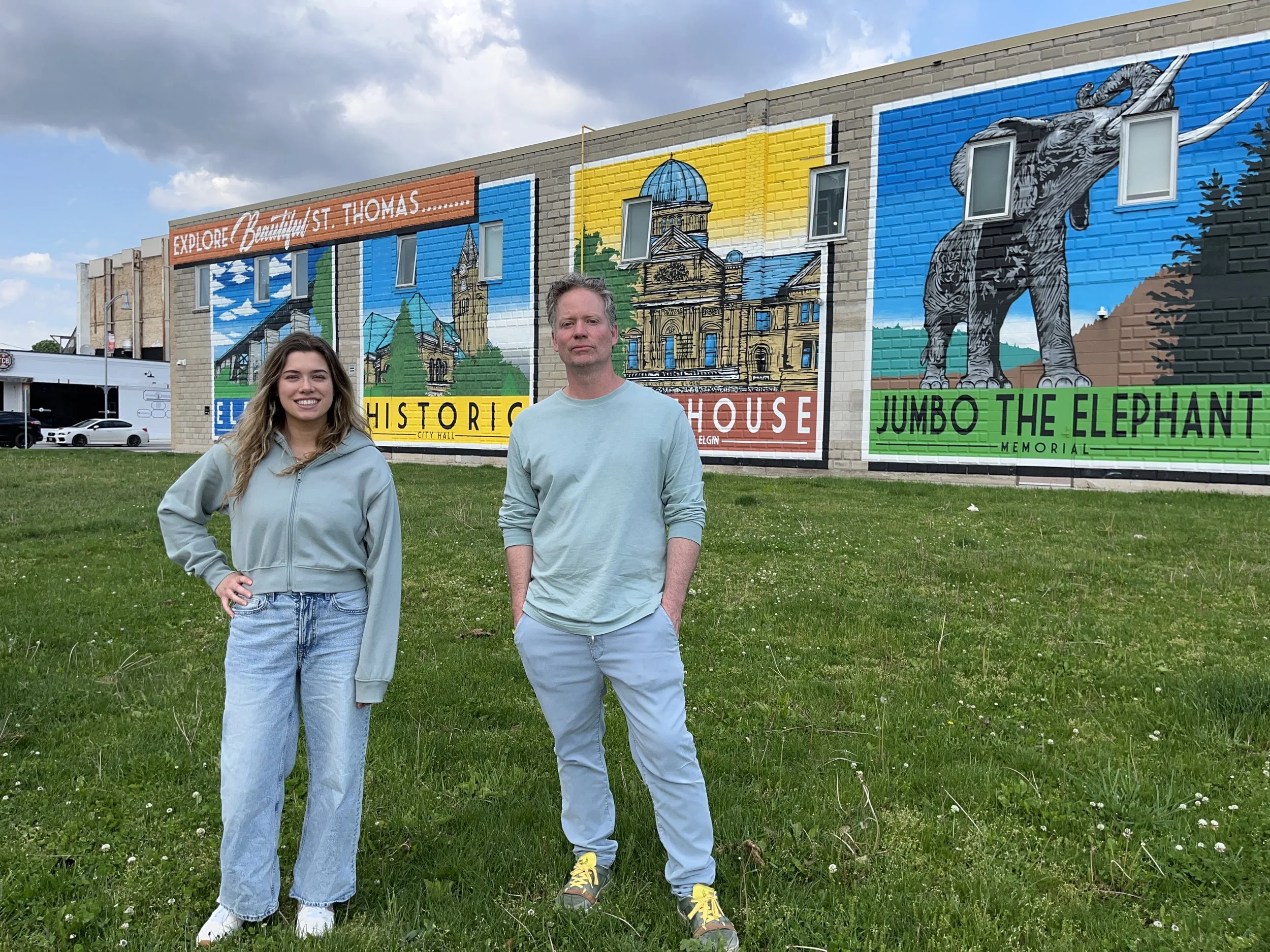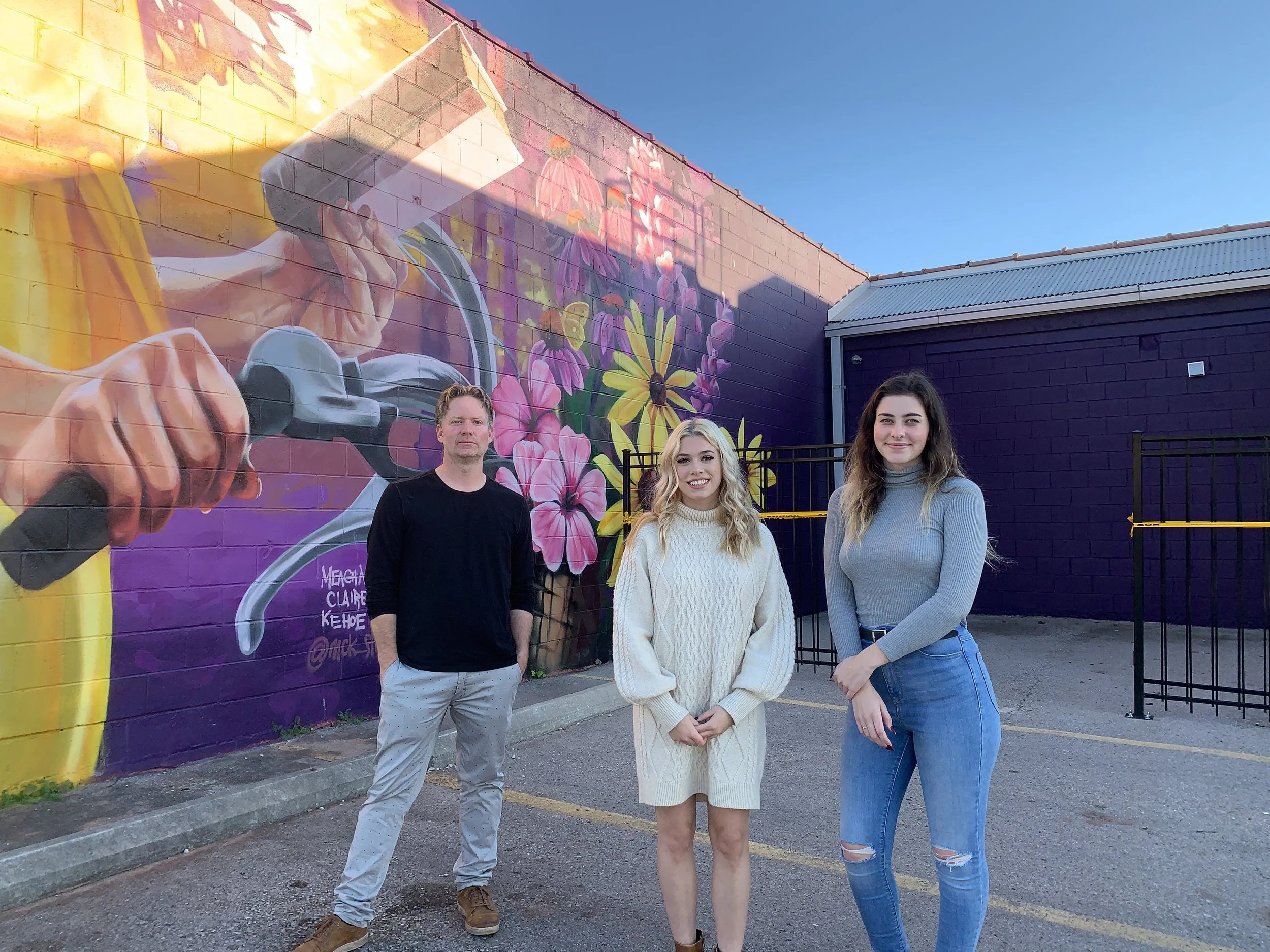Top Ten Ways to Make St. Thomas Vibrant for Young Adults
We all know the quiet arc of growing up in a small city or town. Elementary school, high school, and then the decision – where do we go for college or university? If we choose to stay home, where do we work and where do we live? If we go away to school, should we return home at some point? If so, when is the best time to do so? Or should we stay away forever?
Every individual is unique, and so the decision-making will be different in each case. Still, there are ways for smaller cities to attract twenty-somethings to live and work, especially in a post-pandemic world where there are opportunities to work from home. Looking at St. Thomas specifically, why not invest in a strategy to make the community more appealing to young adults?
With this in mind, here are the ‘Top Ten Ways to Make St. Thomas Vibrant for Young Adults’ …
1 / We need more housing geared toward this age group. There is no designated student housing, and there is no neighbourhood or district that would be immediately appealing to young adults. The housing form definitely needs to be right and the price point needs to make sense. Cultural amenities and social catalysts can be clustered nearby. The market is basically Western and Fanshawe students who want to live locally, international students, as well as other young people who are working but do not want to live at home anymore. Most new housing in St. Thomas is either supportive housing, single family dwellings, or luxury retirement accommodations. All of these are important, but why is the twenty-something market neglected? We might need the City, Fanshawe College & a developer to partner on the vision for this type of project.
2 / Expand the post-secondary education options. What else can Fanshawe College deliver for the community? Is there a way to build and support a specific university program here? At the very least, how about a designated spot for people in online school to gather, or for graduate students to network? This would be ideal as part of a residential complex geared toward the twenty-something demographic. Expand the marketing of this to attract young entrepreneurs and recent post-secondary grads. For so many people of this age returning or moving to a small city, the drop-off in social connectivity can be frustrating.
3 / Improve transit. One of the essential parts of city-building is providing multiple ways for people to move. Young people cannot always afford a reliable car, yet almost everything is geared toward driving! We need to refine the transit system consistently to help people around – talk to the international students in the community to get a sense of the challenges involved. Design routes based on how people move – home to work, work to shopping or social amenities, and then back home. Continue to add more bike lanes and multi-use trails, and provide short-term bike and scooter rentals around the city. Locate attractive housing for young adults in and around downtown, which would support walkability. We understand that the City is developing a new Transportation Master Plan – involving young people in this process is essential! On the positive side, some new regional bus services have been coming on-stream, which is helpful.
4 / Invest in cultural amenities. Perhaps the time has come for the City to review the arts & culture sector and allocate funding for growth. More and more people are moving here, which is great, and our team has been focussed on boosting the ‘Track to the Future’ mural project, Elevated Park, as well as new programs and events. Tourists are gradually discovering the city, but we have more work to do to build a compelling destination for visitors. Are there innovative galleries and museums that could be developed to attract young adults and tourists? How could our park spaces be designed to cater better to these audiences? There is lots of potential here.
‘Strange Adventures’ by artist Denial. This mural is a tribute to growing up in St. Thomas complete with references to Joe Thornton, Rachel McAdams, Thomas the Tank Engine & a variety of pop culture and local imagery. Note the banner that reads ‘This Way Out’ — for young people in the city, do you leave and not look back, or do you embrace the ‘Strange Adventures’ only possible in the Railway City?
5 / Invest in opportunities for young adults to get engaged in the city. Living in a small city post-graduation can feel quite isolating, and there need to be ways to connect meaningfully. We have a ‘Municipal Heritage Committee’ at the City that focusses on preserving the historical architecture and culture of the community. What if there was a ‘Municipal Future Committee’ made up primarily of young adults who could offer recommendations on how to build the community moving forward? With the right platform, representatives of this age group can really become the heartbeat of a city, especially a downtown. Provide a bit of space to allow them to share their ideas and imagination! On a positive note, our team has arranged support for the STEAM Centre over the past several years to build up the ‘STEAM Community Studio’, a program that allows elementary, secondary and post-secondary students to provide input on community initiatives. This has been productive, but there is the opportunity to do much more.
6 / Develop a steady stream of events. This is much easier said than done! Expert event producers work hard to deliver extraordinary experiences – this is not something that can be done ‘off the side of the desk’, so to speak. Events need to happen consistently to assemble an audience, and especially to build credibility with the young adult crowd. In St. Thomas, there is a focus on the ‘Nostalgia Nights’ antique car show – that’s great, but this sort of thing happens in many communities and does not necessarily speak to the younger audience. Supporting music festivals with headliners, art crawls, pride events, craft drink nights & more should be increasingly the focus. Again, this could be part of a review by the City on the potential for growth in the arts and culture sector. Shout-out to the Elgin County Railway Museum for offering unique events in recent years.
7 / Foster the late-night culture! St. Thomas has a major challenge – the main street, Talbot, is very long, and getting clusters of likeminded businesses together in one block has never really happened. Successful cultural districts in other cities feature a diversity of businesses – book and record stores, cocktail bars, cool restaurants, coffee shops and vintage clothing stores – and these places often stay open late to offer places for people to gather and explore. For young adults especially, we want the nights to fall together easily without having to rely on driving from place to place. There need to be spaces to meet and bond over shared interests. We have a bit of this happening in St. Thomas, but the arrangements are often scattered. The twenty-something demo is a major component of what boosts indie businesses.
8 / Invest in the strategic enhancement of the downtown core. On the positive side, things are looking up! There are lots of murals, new businesses, and park spaces popping up in St. Thomas. The City has invested significantly in the streetscape in recent years, and we have totally enjoyed helping to coordinate the artwork and new cultural spaces. On the negative side, the downtown is not particularly walkable, the late-night culture is meagre, and there are few things for people to do. Also, cars are too dominant, which is a significant issue. We need to emphasize anything that helps the downtown feel open rather than closed – more lights, music, open windows and doors, and patios. Recently, our team arranged funding to add music on the street through a sound system installed on Talbot between Mondamin and Ross. This should help make the atmosphere more positive and inviting. Downtowns need to appeal to all five senses.
9 / Create walkable neighbourhoods. We tend to think a lot about downtown spaces, but the reality is that we need to consider the walkability of all areas around the city. Most recent university and college grads are coming from environments where they were able to walk or bike to most destinations. Landing in a subdivision or quiet downtown post-graduation is a serious culture shock. We need to develop neighbourhoods that have personality – coffee shops, bike lanes, small grocers, artwork, and gathering spaces. So much of St. Thomas is straightforward residential living. We know that many people like this ‘quiet’, but does everyone? Neighbourhoods that feel like a village attract a lot of interest. Why has this been so hard to make happen in St. Thomas?
10 / This last point covers some variables that are hard to pinpoint. Basically, St. Thomas really needs to transcend old ways of thinking and doing things, and just embrace the now! We can move beyond self-imposed restrictions on creativity. We can embrace the lifestyle of young adults, which includes an emphasis on diversity, sustainability, and work-life balance. We can transform our public spaces into vibrant gathering places. St. Thomas is a quiet, private city in many ways – people live behind closed doors and spend money on their backyards and basements. Nothing wrong with that, but the value of residential real estate grows not only from these types of improvements — the steady enhancement of shared spaces matters, too! Let’s try some new things and support emerging groups, building up the collective vision of the city.
That’s the list! Hopefully these ideas provide a good starting point for future conversations. We love the positive momentum in St. Thomas right now, but including more housing and amenities for young adults should be a priority. So much positivity can come from this kind of investment!







